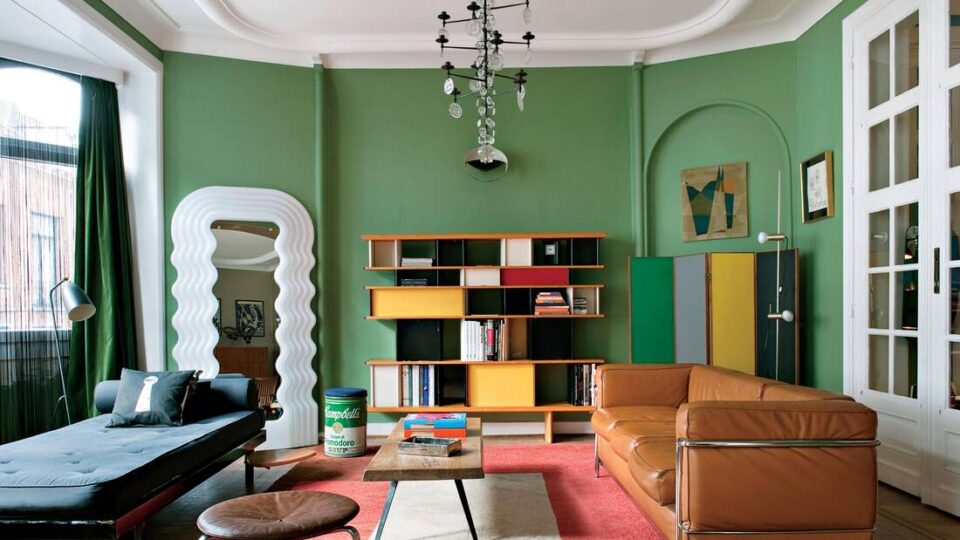The term “modern furniture” encompasses a wide range of design philosophies, materials, and functionalities that reflect the current era’s aesthetic and practical demands. This article delves into the history, characteristics, and popular trends in Avant-Scène modern furniture, as well as its environmental impact and the future of furniture design.
What is Modern Furniture?
Modern furniture refers to a design movement that emerged in the late 19th century and gained prominence throughout the 20th century. It is characterized by simplicity, minimalism, and a focus on functionality. Unlike traditional furniture, which often features ornate designs and heavy materials, modern furniture uses clean lines, streamlined shapes, and innovative materials to create pieces that are both stylish and practical.
History of Modern Furniture
Modern furniture design began to take shape during the industrial revolution, which allowed for new materials like steel, plastics, and engineered wood to be used in furniture manufacturing. Influential movements such as Bauhaus in Germany, which emphasized the unity of art, craft, and technology, played a pivotal role in the development of modern furniture design principles.
The Mid-Century Modern Boom
Mid-century modern, a term used to describe design trends from roughly 1945 to 1969, is one of the most recognizable styles within modern furniture. Designers like Charles and Ray Eames, George Nelson, and Eero Saarinen created pieces with new materials and techniques that were suited to post-war America’s rapidly changing lifestyle, focusing on durability, accessibility, and aesthetic appeal.
Key Characteristics of Modern Furniture
Minimalism
A hallmark of modern furniture is its minimalistic design. Furniture pieces often feature clean, geometric lines and avoid unnecessary decoration. The idea is to create functional, efficient spaces where the furniture complements the living environment rather than dominating it.
Functionality
Modern furniture is designed with the user’s needs in mind. Multi-functional pieces, such as sofa beds or extendable tables, are common in modern designs, reflecting the increasing demand for flexible and space-saving options in urban homes.
Use of New Materials
Innovation in materials is another defining feature of modern furniture. Designers often employ metals, tempered glass, and composites, which are not only aesthetically pleasing but also capable of withstanding the demands of modern use.
Popular Trends in Modern Furniture
Sustainable Design
As environmental awareness increases, modern furniture is evolving to incorporate sustainable practices. This includes using responsibly sourced materials, employing energy-efficient production methods, and designing products that are durable and recyclable.
Technological Integration
With the rise of smart homes, furniture that integrates technology has become increasingly popular. This includes built-in charging stations, speakers, and smart lighting, which help furniture serve multiple purposes beyond its traditional use.
Customization
Today’s consumers are looking for products that can be customized to their personal tastes and needs. Many modern furniture companies now offer options to customize everything from material and color to size and shape.
Environmental Impact
The production of modern furniture can have a significant environmental impact due to the use of synthetic materials and non-renewable resources. However, there is a growing movement within the industry towards more sustainable practices, including the use of recycled materials and the adoption of more eco-friendly manufacturing processes.

